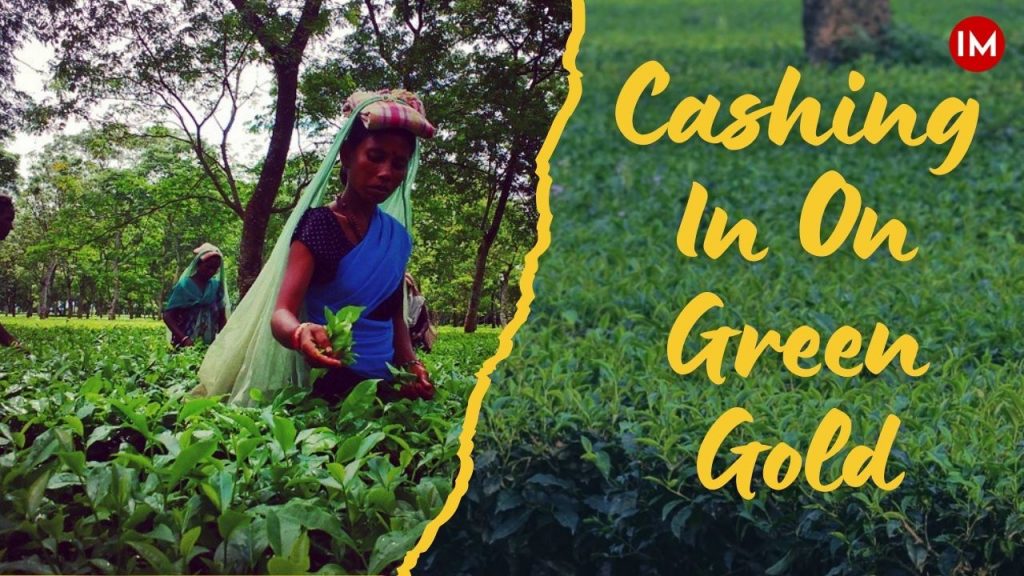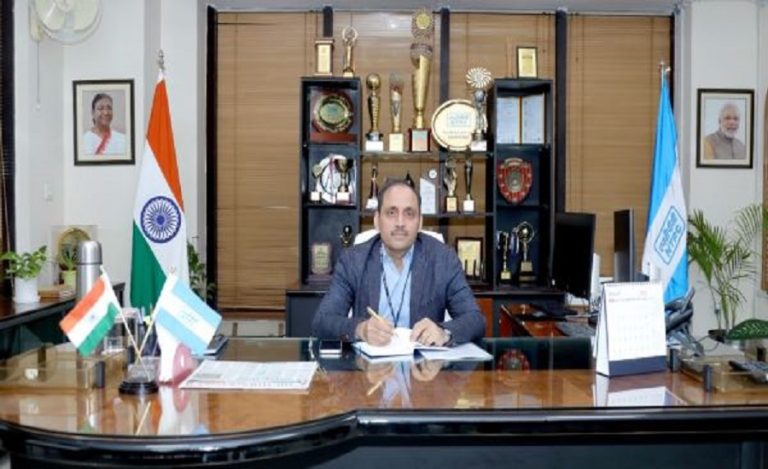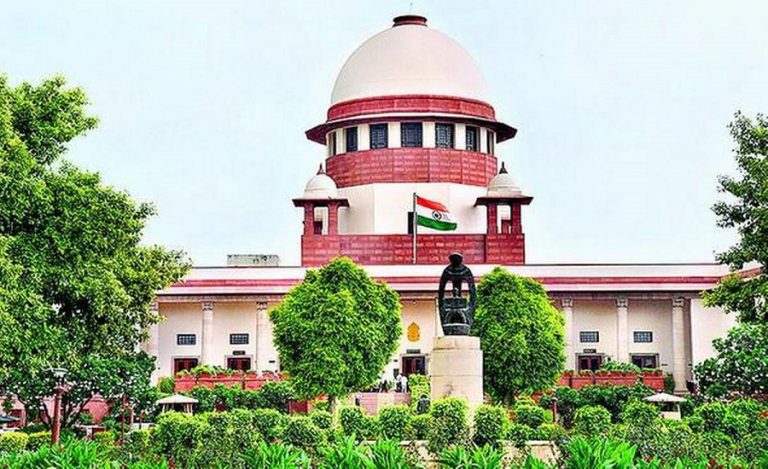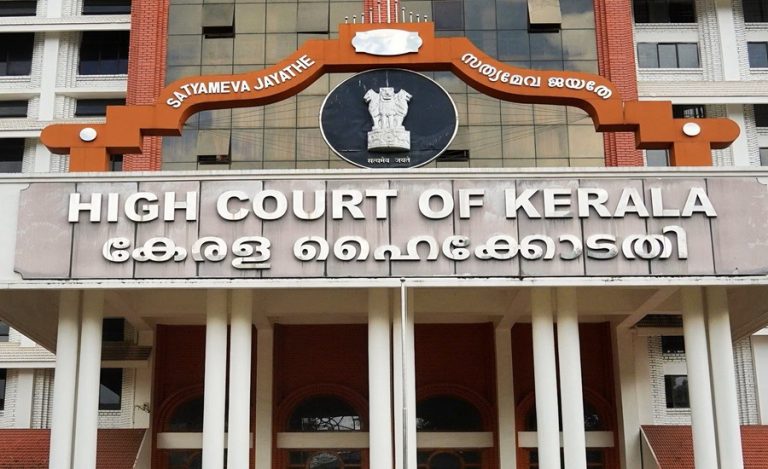Flanked by West Bengal on one side and Nepal on the other, Kishanganj is the only tea producing district of Bihar. Despite being blessed with an ideal climate and a suitable topography for tea plant, it has not received much attention when it comes to tea production. While tea cultivation was first started here in a half hectare land in 1982, yet, for many years, no major development took place.
However, in the last 10 years, the cultivable area of tea crop has increased from 7 to 8 thousand hectares and Kishanganj has become one of the major producers of tea in the country, and is now known as the ‘Darjeeling of Bihar’.
Not only tea, the district is also paving way for the cultivation of various other cash crops that includes dragon fruit. In conversation with Indian Masterminds, DM of Kishanganj, Mr. Tushar Singla, gave more details about the ongoing agri projects.
EDGE IN TRADING
“Kishanganj district has a suitable location and appropriate weather conditions for growing cash crops like tea, dragon fruit, etc. Especially blocks like Thakurganj and Pothia have large areas covered under tea cultivation which has improved the living condition of thousands of farmers,” he said.
Not only the weather conditions, the district is also supported by close proximity to major trading corridors. There are around five thousand farmers who are directly involved in tea plantation.

Whereas the cultivation of dragon fruit is still at nascent stage in the district. Currently, few farmers are involved in cultivation of this fruit but there is a huge scope for increasing its cultivable area. The dragon fruit farming started in 2014, when a farmer bought 500 saplings from Singapore. He started with 100 of these and his experiment was successful. Now, not only the dragon fruit farming has expanded to more than 12 hectares in the district but slowly the farmers of adjacent district like Purnea and Araria have also taken interest in it.
“There is immense potential to further enhance the cultivation area of crops like these and livelihood opportunity for the people residing in the district,” said Mr. Singla.
MAJOR CHALLENGE
About the challenges in convincing new farmers to take up tea and dragon fruit farming, he said that farming for a particular crop is an economic decision depending on backward and forward linkages. “If those are available smoothly, then half the job is done,” he added.

Since there are major tea growing areas nearby and a ready market, the farmers of Kishanganj district have adapted to these conditions and have taken up the cultivation of these crops at a large scale. However, there is more scope for enhancement of productivity and the cultivable area for such crops.
SUBSIDIES & ASSISTANCE
The Kishanganj administration is providing support and hand-holding the farmers. Backward linkage inputs like fertilizers, agricultural equipments, etc., are now being provided for expansion of the cultivable area. Also, the focus is on integrating the farmers with the packaging and marketing infrastructure.
In last 10 years, the cultivable area of tea crop has increased from 7 to 8 thousand hectares. Now efforts are being made to exponentially expand the tea area and make it double in 2-3 years with the required support from the agriculture department. “Subsidies are also being provided to the farmers, and so is assistance to sell their produce,” Mr. Singla added.

































